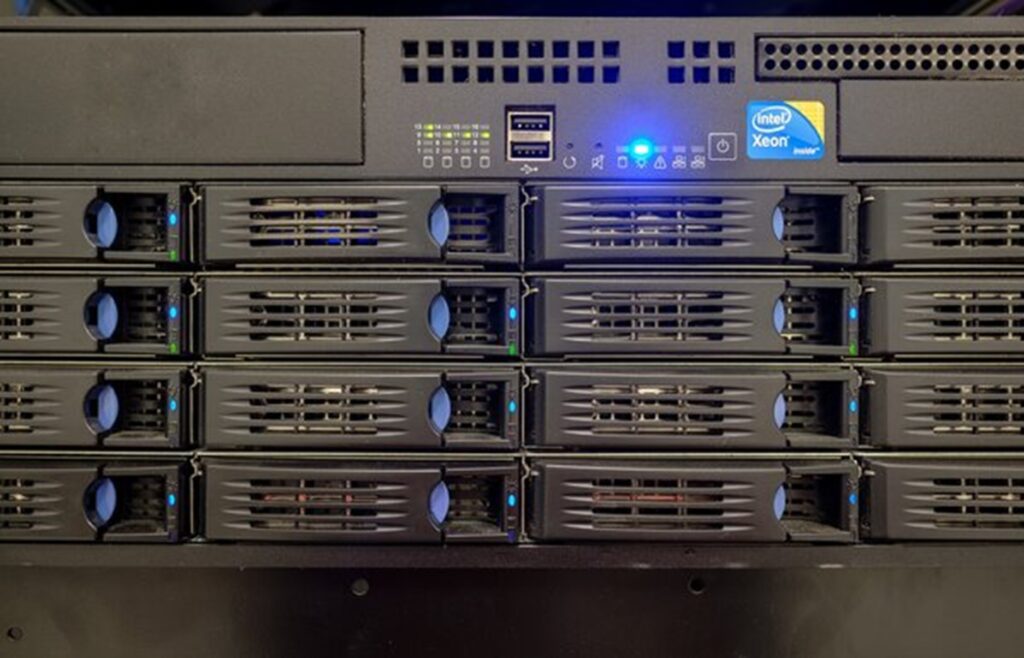What Is a WebSocket, and How Does It work?
What is a WebSocket?
A WebSocket is a computer full-duplex communication protocol, providing persistent connection and message passing between a server and a client computer. WebSockets are designed to provide a bidirectional communications channel operating over HTTP through a TCP/IP connection. The WebSocket protocol specification is called the HTML Living Standard. To keep WebSockets working and fully operational, a consortium of major world browser vendors (Apple, Microsoft, Google, and Mozilla) called the Web Hypertext Application Technology Working Group (WHATWG) maintains it. Most browsers now support the protocol, including Microsoft Edge, Google Chrome, Safari, Firefox, and Opera.
How Do WebSockets Work?
Typically, WebSocket was developed out of the limitations of the HTTP technology. In HTTP-based protocol, a client first asks for a resource, and the server responds to the call with the requested data. This makes HTTP strictly unidirectional. To work around this limitation, users had to apply long polling, but this also uses a lot of server resources, which is where WebSockets come in.
WebSockets are fully-duplex communication protocols and allow servers to send message-based running data with reliance on TCP. This is where WebSocket is different from HTTP. They rely on HTTP strings as the preliminary communication transport mechanism but retain TCP connection after receiving the HTTP response, which enables sending messages between the server and the client. WebSockets allows users to build “real-time” applications without long-polling from a user’s perspective.
It’s worth noting that a WebSocket is different from HTTP. Although both protocols rely on TCP, the design of a WebSocket “enables it to work over HTTP/HTTPS ports 80 and 443 along with supporting HTTP/HTTPS proxies and intermediaries.” This is where its compatibility with HTTP comes from. What’s more, to accomplish this compatibility, the WebSocket handshake utilizes the HTTP/HTTPS Upgrade header to alter from the HTTPS/HTTP protocol to its WebSocket protocol.
How Do I Know if a WebSocket Is Working?
First, you need to know how WebSockets work in the digital thread. WebSockets don’t use http:// or https:// schemes because they don’t follow the HTTP/HTTPS protocol. Rather, WebSocket URIs use the new ws:// (or wss:// for secure WebSockets) schemes. The remaining parts of the URI are the same as any other HTTP URI, including a host, a port, the path and query parameters. Here are examples:
“ws:” “//” host [ “:” port ] path [ “?” query ]
“wss:” “//” host [ “:” port ] path [ “?” query ]
For WebSocket connections to work, the URIs must follow this scheme. This means that if a URI has a ws:// (or wss://) scheme, then both the server and the client MUST follow this specific WebSocket connection protocol to establish the specification. You can establish this by testing the WebSocket’s end-to-end scenario.
Here’s How to Test WebSockets:
To know how to test WebSockets, you will need to emulate an actual connection situation, for instance, have two browsers or devices running two different users simultaneously. If this is a challenge, this site — testRigor — make it easy to start an additional device or browser WebSocket test code with just a command:
start browser “User 2” and switch
There are other methods to test WebSockets, such as the Black-Box Testing and the Gray-Box Testing. But these are long and laborious. For example, the black-box testing requires you to identify:
- Its origin
- Confidentiality and integrity
- Authentication
- Authorization
- Input sanitization
Endnote
WebSocket is still a developing technology. It hasn’t been fully implemented in all browsers, but you can still use WebSocket with libraries such as socket.io, which includes fallbacks. As the technology grows, more developments are expected in terms of performance and security.
